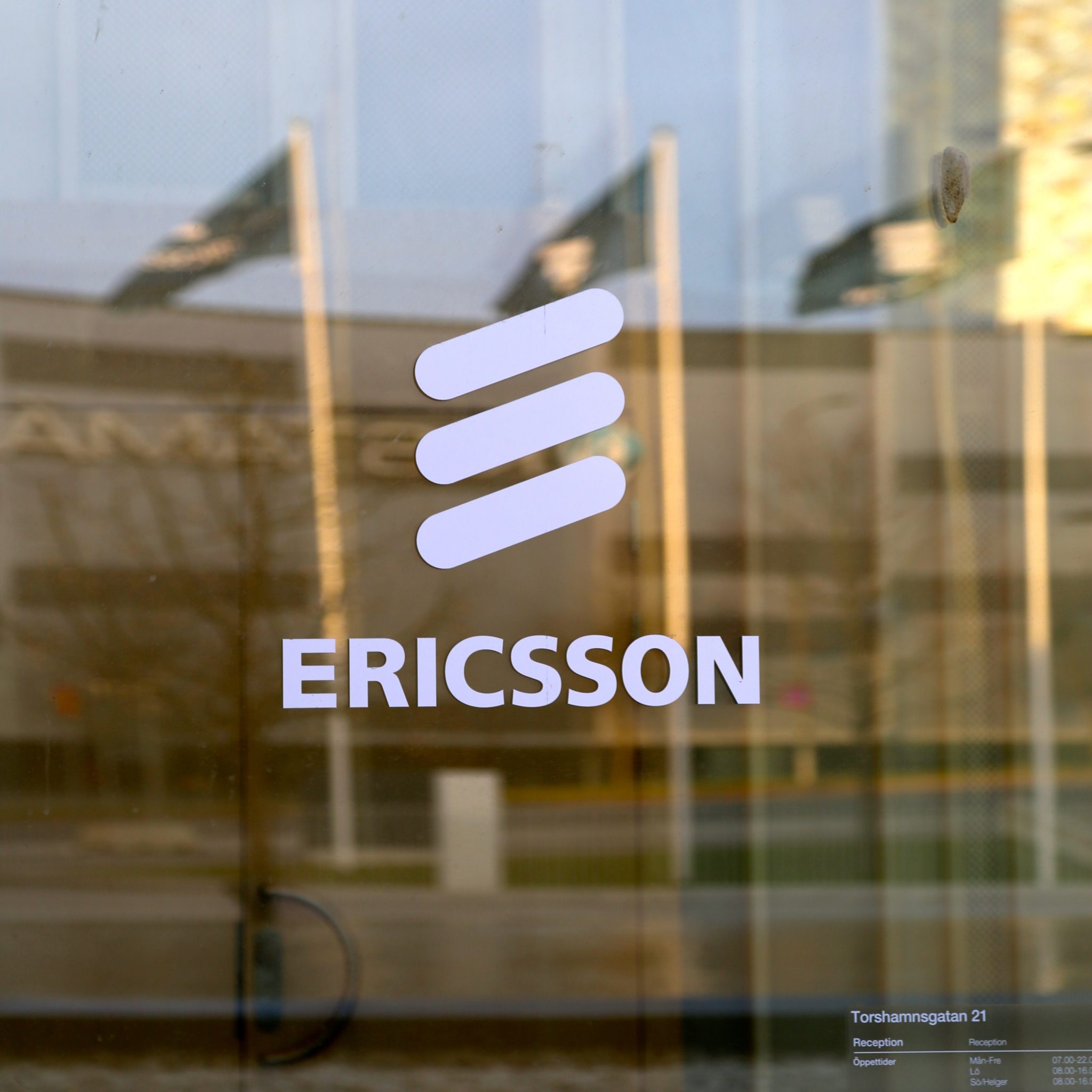Ericsson said that the research will chiefly focus on 6G-powered extended reality
Ericsson said it is extending the scope of its collaboration with the University of Texas (UT) at Austin on research into 6G-powered extended reality (XR).
The Swedish vendor said that XR technology is expected to drive a paradigm shift for how users interact between the cyber and physical worlds as the first large-scale 6G deployments occur around 2030, becoming a major facilitator of both completely virtual metaverses and the embedment of a virtual layer within the physical sphere.
The research project is headed by a cross-discipline team of three UT Austin professors in collaboration with Ericsson’s own researchers in the area.
Ericsson had joined UT’s 6G@UT research center as a Level-1 member earlier in 2022. The vendor it is now upgrading its contribution to Level-IV membership, including a new three-year collaboration focusing on XR streaming, sensing and communication designs.
Eric Wang, project research leader at Ericsson, said: “XR is already here but has a huge potential to go even further with the eventual arrival of 6G. Ericsson wants to ensure users have the best XR experience even as the number of connected devices and demands of the applications increase. This project addresses that paradigm shift, putting latency front and center so it keeps up with changing demands, as data-intensive uses like holographic communication become more common.”
Ericsson also highlighted that the research focuses on the challenge of ensuring bounded latency while simultaneously maximizing spectral efficiency and capacity both indoors and outdoors as well as achieving perceptually optimized streaming to XR devices.
Jeff Andrews, director of the 6G@UT, said: “Imagine two different people in two different geographic locations, both seamlessly walking together through a virtual third location, exploring it without any disruption. That’s the vision.”
The research aims to develop solutions that can be harnessed to scale up XR use cases in the 6G generation. The cross-discipline research team includes leading experts in applications (media encoding and streaming), sensing and communication.
In related news, Ericsson said it is taking the role as technical manager for the Hexa-X-II, the second phase of the European Commission’s 6G flagship initiative.
This new phase will expand the Hexa-X partner list to 44 organizations that are tasked with creating the pre-standardized platform and system view that will form the basis for many inputs into future 6G standardization.
“For this vision to materialize we need to combine the best of research across industry and academia into a system view. With Hexa-X we have set a foundation for European 6G leadership. We are proud to continue as technical lead in Hexa-X-II and together with the strong consortium of partners form a pre-standardization base for the 6G network platform that can best address our societal challenges ahead,” said Magnus Frodigh, VP and head of Ericsson Research.

